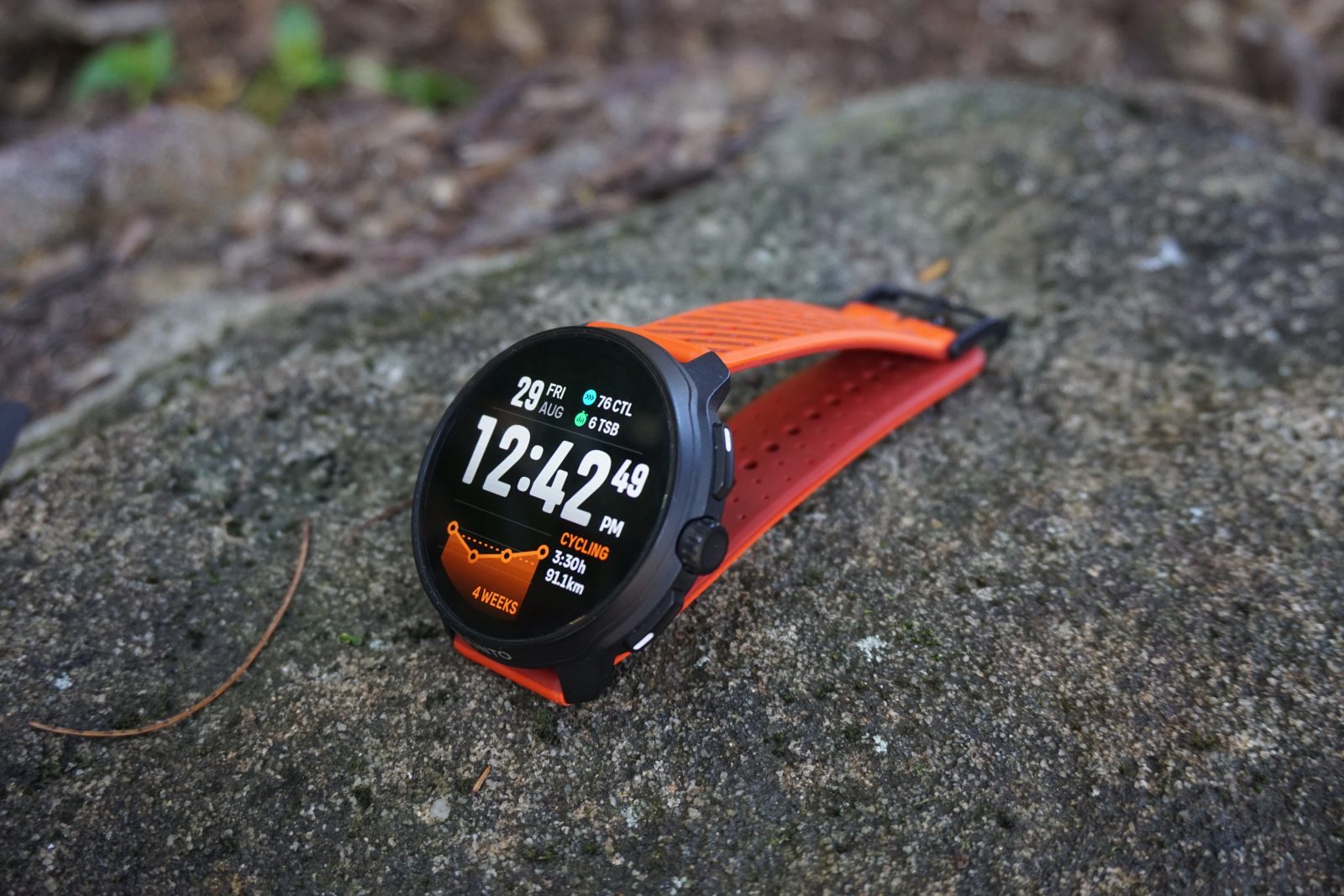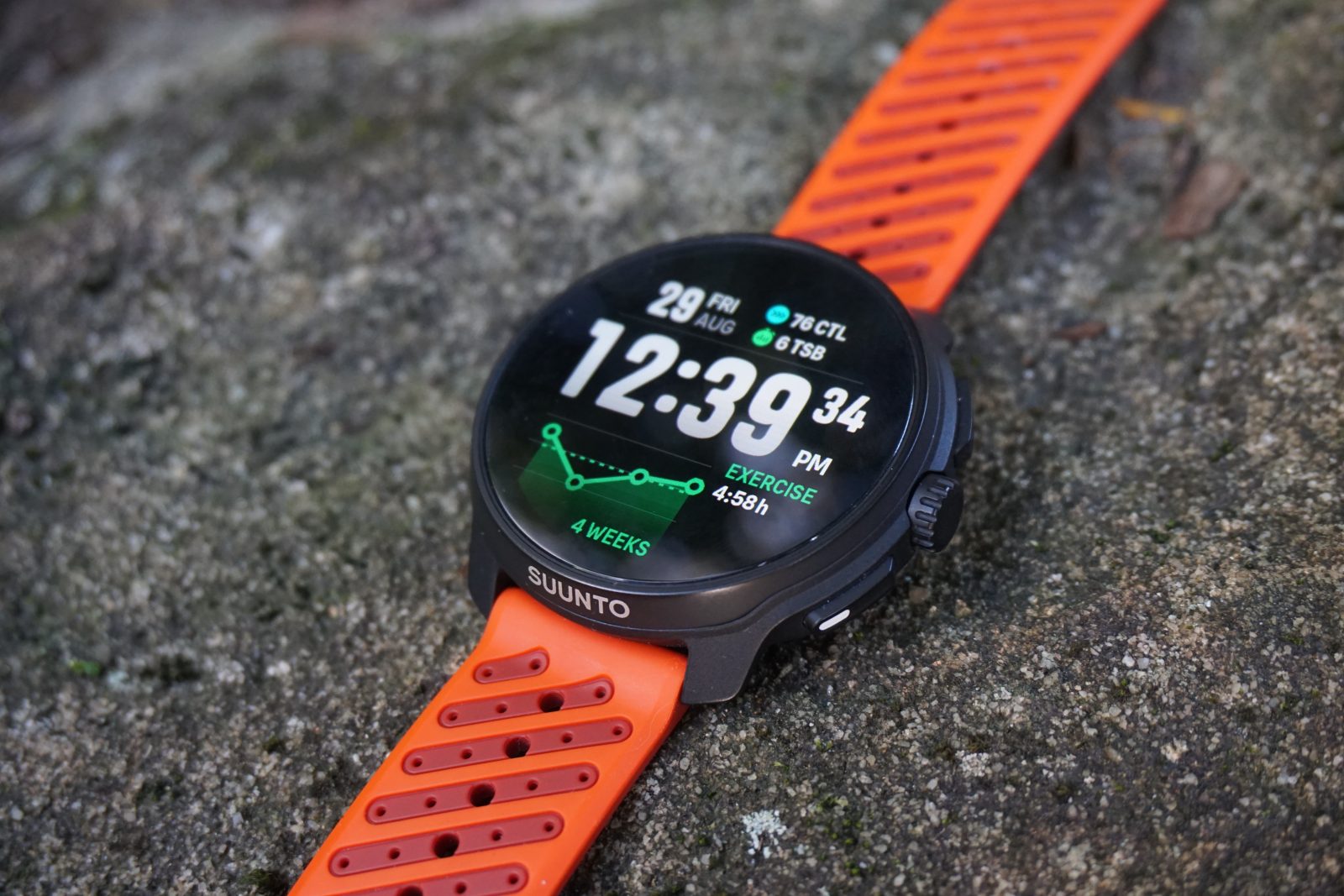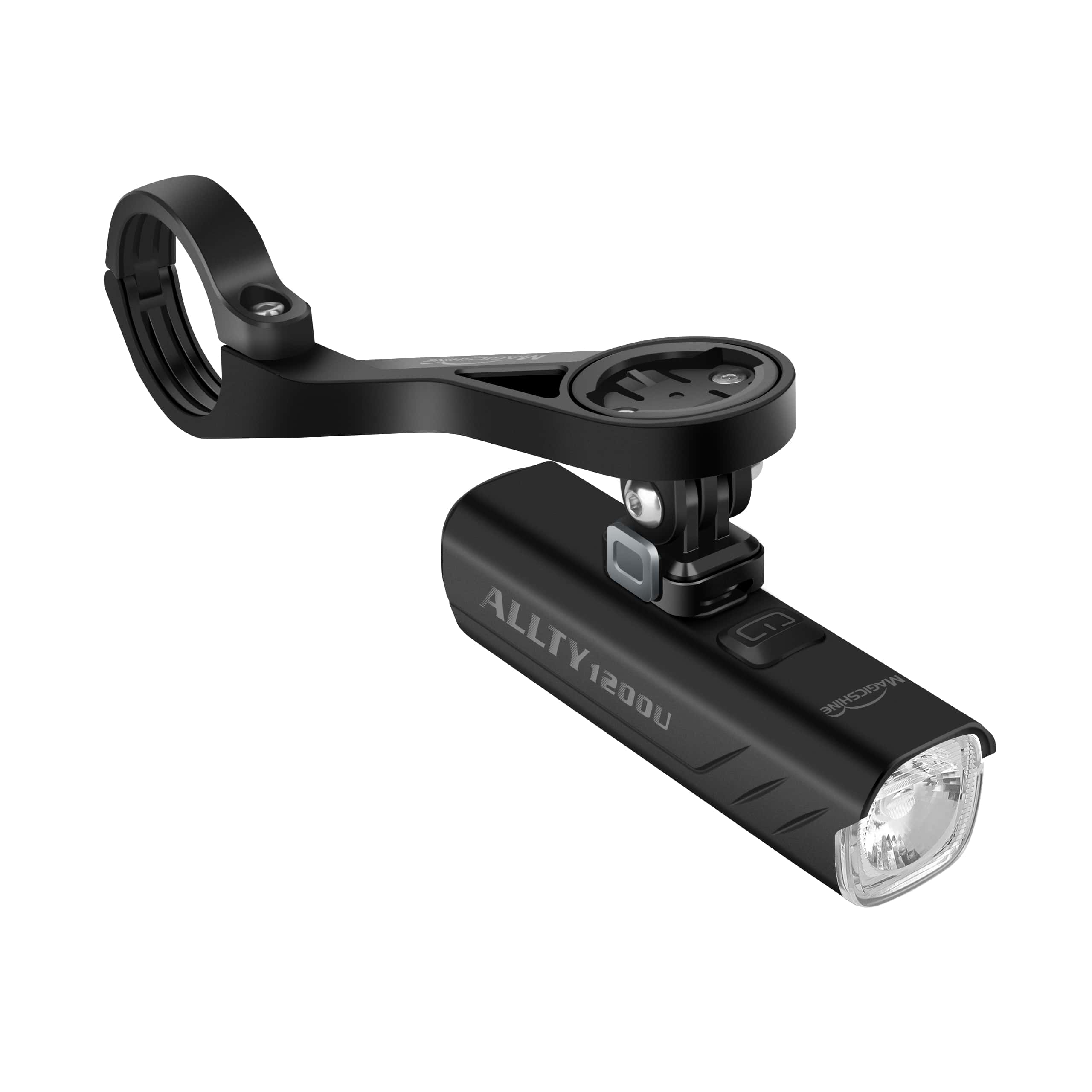RRP: $899
By Jack Lynch
I’ve been wearing smart watches for around eight years now. First, a brief encounter with an ugly, unresponsive Polar, then an Apple Watch, a Garmin and now a Suunto.
Each of them (except perhaps the Polar brick) have been a companion to me, night and day. They know my sleep patterns, suggest when I should stand up, tell me when I’m overtrained and (ahem) under training. They get that sometimes I walk a lot, some days I don’t. They tell me when I’ve reached my fitness goals for the day, and sometimes suggest I pull back on those goals.
And I know their tricks too. I get deep under the hood and try every app, customise every sport and read every notification to get the most out of them.
My smart watches and I have special relationship which can be difficult to break for several months during testing. I mean, I can’t take just any old watch to bet. I can’t relearn all my habits for the sake of a review…can I?
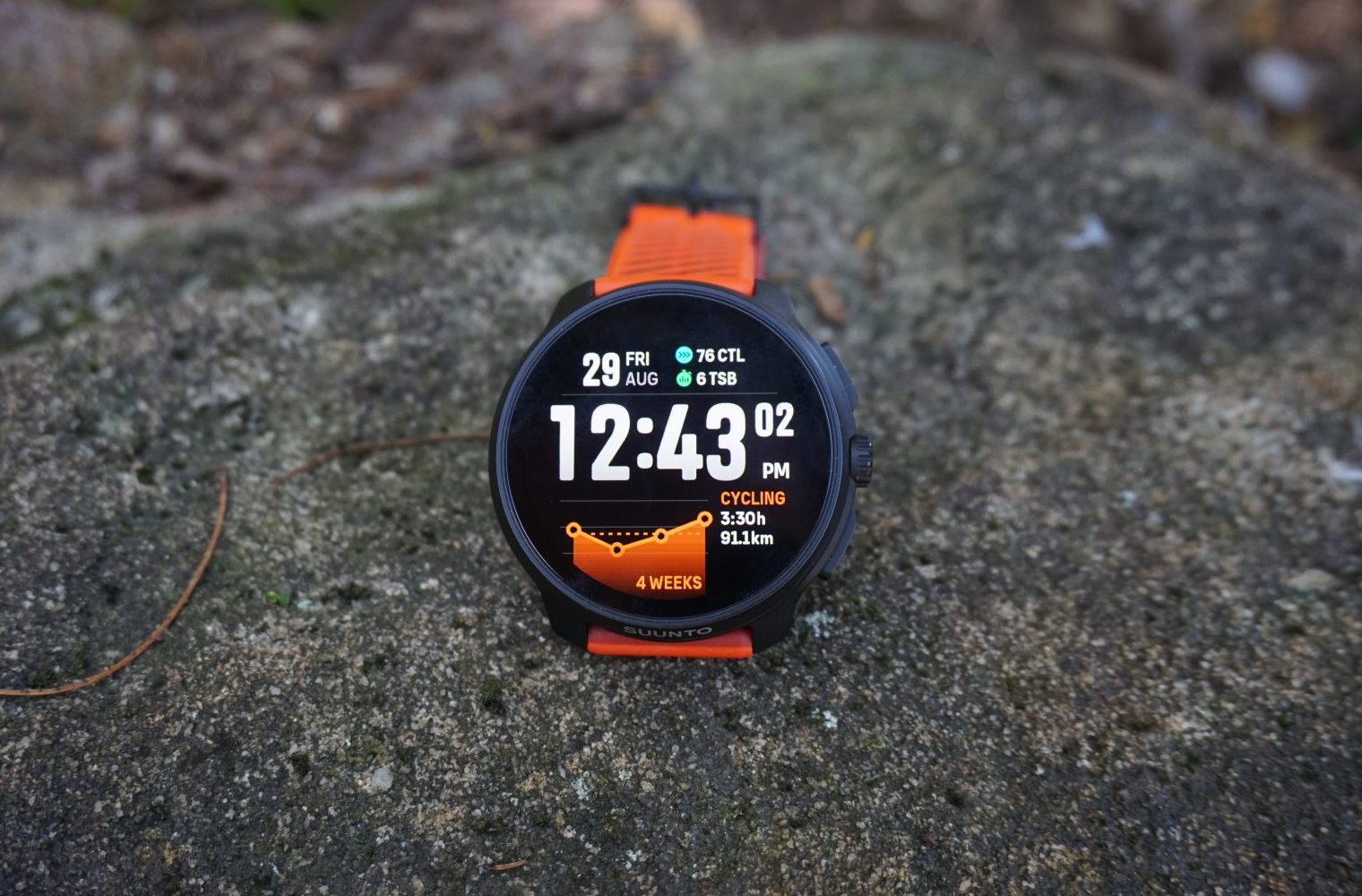
Diving into the Race 2
Suunto is a Finnish company, which has been around since the 1930s. I’ve always wanted to try a Suunto watch because, frankly, I have long thought of them as the best looking sports watch on the market.
This Race 2, which supersedes the barely 12-month-old Race, has a digital crown and two other buttons on the side of its brilliant 1.5” amoled display. At 75 grams for the stainless steel version I’m testing, it’s heavier than my previous watch, and I notice the difference for about 15 minutes before it becomes natural.
Within the same time frame, I am expertly swiping, pressing and pairing the watch. I was a little apprehensive when I first received it, seeing reviews about its predecessor having a slight lag, but the touchscreen and buttons were the most responsive watch I’ve used and were comparable to a smartphone.
I realised during my first ride that maps aren’t preloaded into the Race 2, they need to be downloaded. They are free and quite time consuming load onto the watch, but when they’re finally on my screen, it’s clear why Suunto prefers its users to select the maps they require. They are detailed, clear and the best maps I’ve seen on a watch, hands down. They must be data rich!
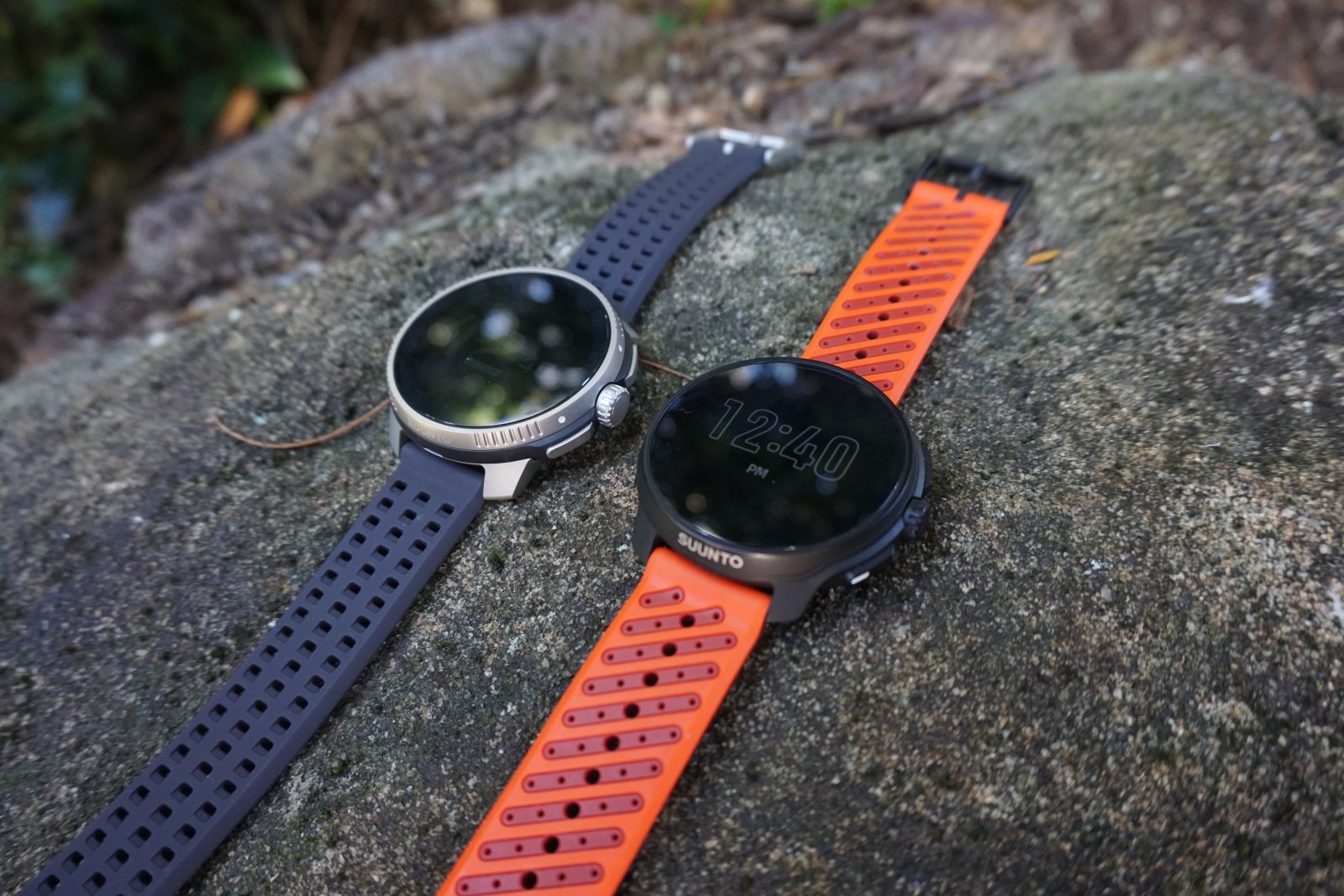
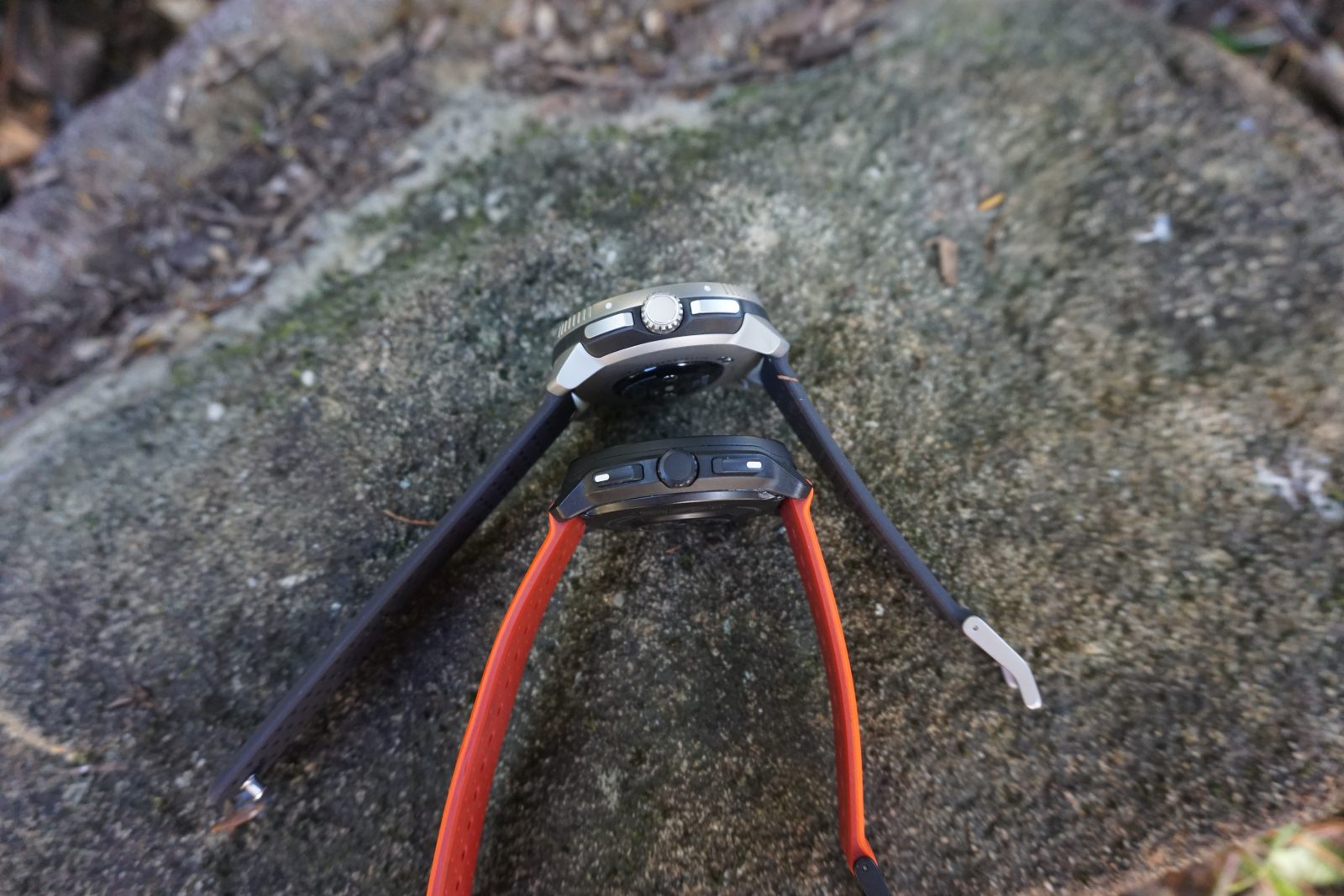
App and other features
Suunto’s app is the best I’ve used, ahead of Garmin, Wahoo, Strava and Apple. It’s a personal thing, but the way it’s laid out is so easy to use considering the vast metrics and graphs it displays. Better still, you can tap on anything you don’t understand for an explanation of what it means and why it’s important.
You don’t buy a smart watch for its app, but you do for its sport/activity profiles, and the Race 2 has more than 115 in-built. They are set-up with data fields Suunto has preset, which is great if you’re new to a smart watch. If you know what you like, you can customise any sport using the app.
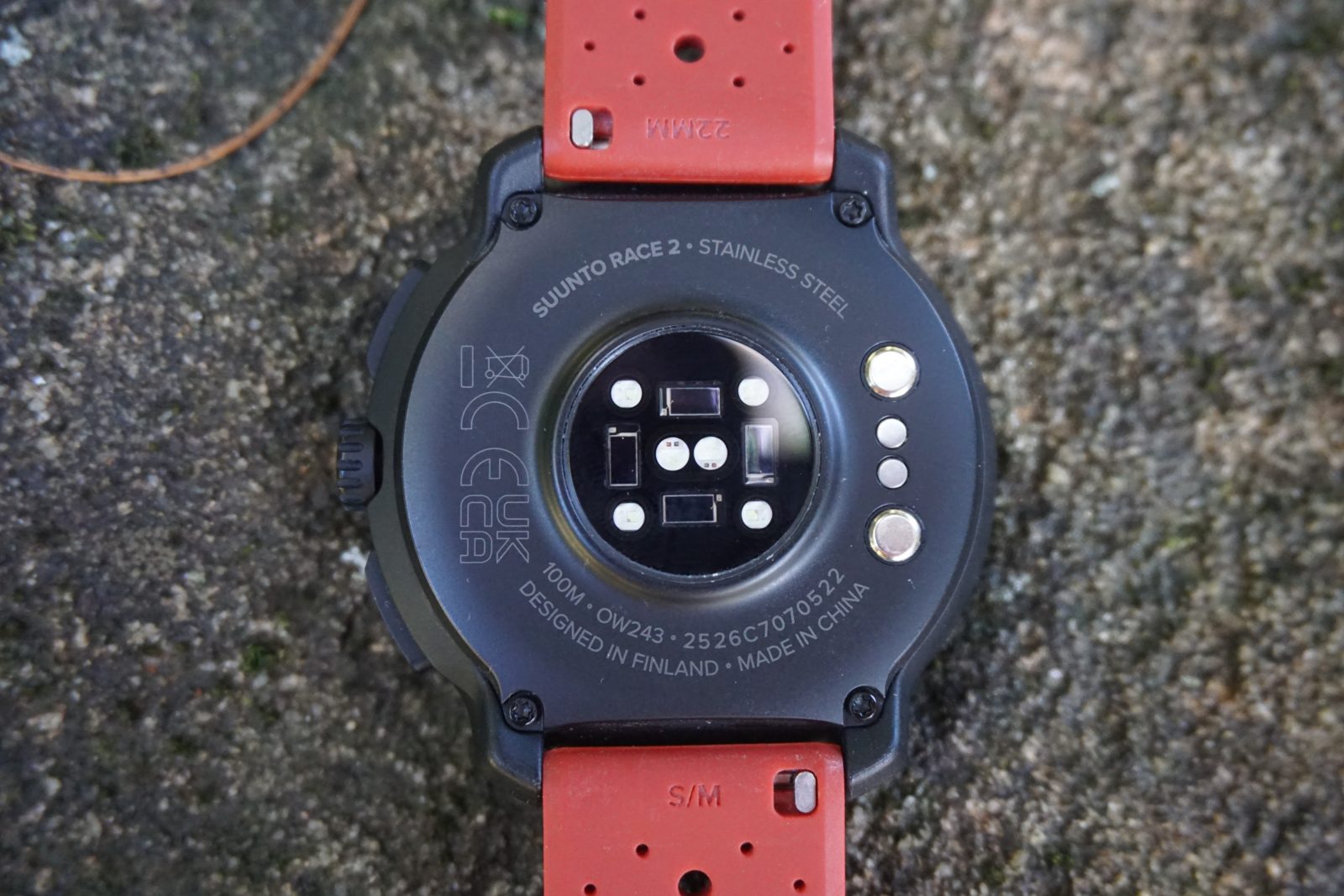
Out on the road
For every ride, the Race 2 was perfectly accurate when compared with my Hammerhead’s speed, distance and power data. Although I only stole glances at it, the screen was easy to read and at the latter stages of the test period, I dumped by Hammerhead in favour of only riding with the watch…some type of freedom, I guess.
However, the Race 2 is primarily aimed at runners and I have a few bugbears which, although not insurmountable, should be considered before you choose this watch as a cycling-specific tool.
The first is I found the optical heart rate very inconsistent. It would give me higher than expected numbers when moving, but as soon as I stopped at a light, it would come back to where I would typically see my HR on a ride. It is an issue I haven’t often experienced when using optical heart rate sensors, although I am aware of it occurring with many other people.
The good news is that after pairing a HR strap, the data was far more reliable, which meant I could trust recovery and training metrics more.
The watch doesn’t broadcast heart rate as others on the market do (which means sending HR data to another device) so a HR strap is required if you want to see your HR displayed on your bike computer or on other applications such as Zwift.
Another couple of issues were that the watch does not do current gradient, instead giving you an average over the past 100 metres. Suunto says it is more accurate this way which is probably true, but gradient percentage is something I enjoy knowing in real time. For the power junkies, there’s no normalised power, which I can forgive as other software will pick that up.
While I’m on gripes, the watch doesn’t have an option for contactless payments. I initially thought this was a deal breaker, having used my watch to purchase everything for almost a decade. But I got used to using my phone for payments like everyone else, and it was totally fine. Good news though, Suunto tells Cyclist that contactless payments are on the way for this watch, hopefully in 2026.
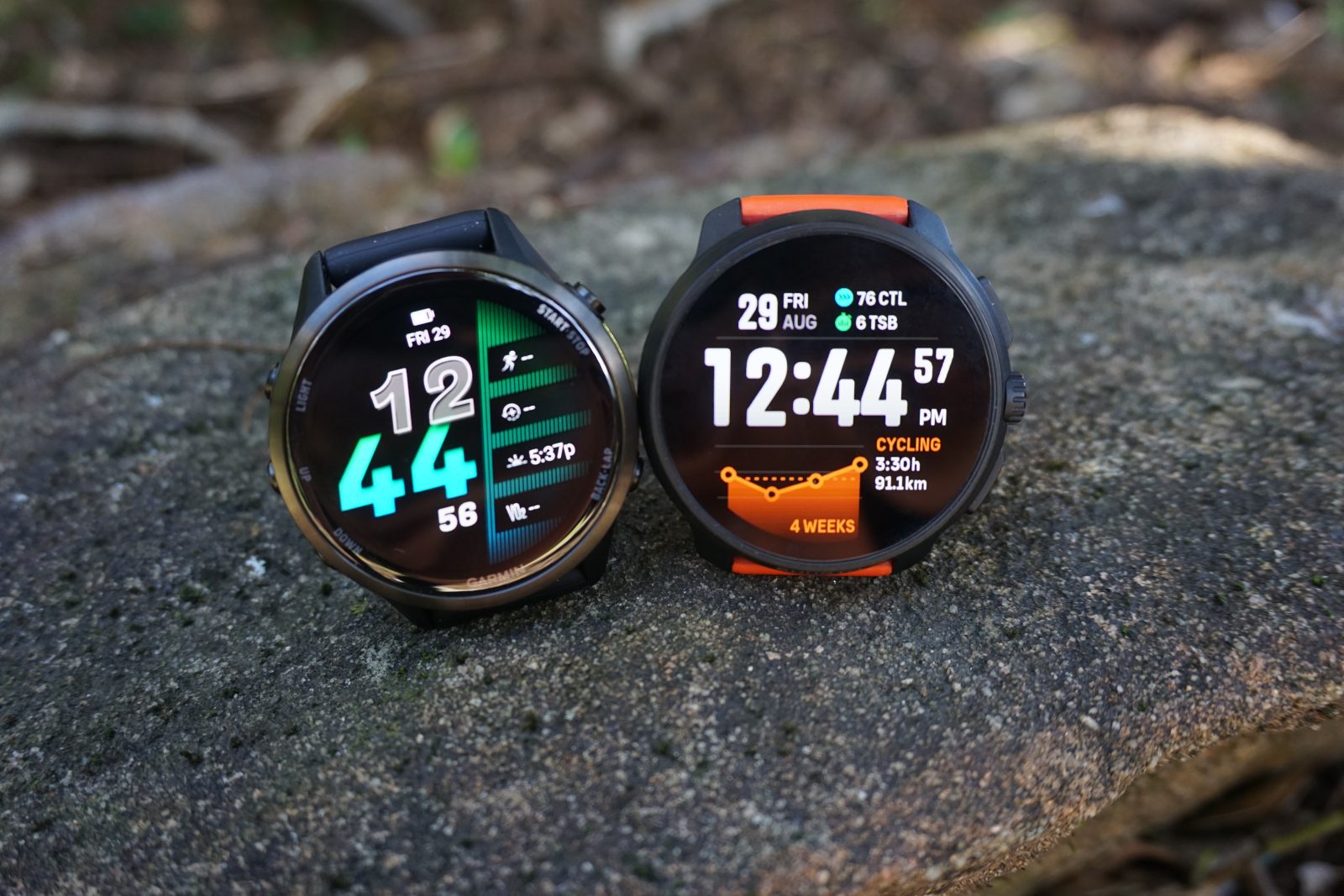
Against the competition
Comparisons are tough in this space because each brand has its own style and elements which it considers important.
Perhaps Suunto’s Race 2’s greatest drawcard is its battery life, which is phenomenal. I had to charge mine every two weeks or so, with all-day wear and about five exercise sessions a week. It has a claimed battery life of 55 hours when exercising, which could be why it is the official watch of the Ultra Trail marathon running races.
It’s also exceptionally bright and easy to use – a truly beautiful watch.
If you’re in the market for a piece of tech like this and want something with extraordinary battery life, a best-in-class display and not too many confusing customisation options, this is your perfect watch.
